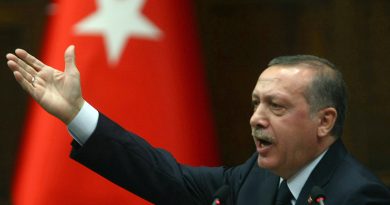Focus on Immigration: China
By Colin Kimberlin
Staff Writer
Although China signed both the 1951 United Nations Refugee Convention and the 1967 Protocol, the Exit-Entry Law has only slim provisions for asylum-seekers. Due to the lack of concrete provisions, the Beijing office of the United Nations High Commissioner for Refugees (UNHCR) has been carrying out refugee status determination on China’s behalf, with a mounting caseload due to crises in the Middle East.
The Chinese government has stood its ground as recent rounds of tighter immigration control legislation have sparked debate. The Migration Policy Institute (MPI) notes that China provides an environment of economic fortitude, a more than welcoming higher educational system, and low cost of living that attracts individuals from around the world, but introduction of these policies has led to stricter confinements of the incoming immigrants.
Although there is widespread internal migration in China, the MPI reported “a threefold increase in the number of foreign entries (long- and short-term) into China,” specifically students, tourists, and business travelers. With this giant influx come the benefits of immigration, from higher tourism revenues to recruitment of foreign labor to diversify China’s market.
However, immigration into China comes with a cost: social quality. MPI notes that this issue first arose in the 1990s, when anxieties began to develop about the prospects of “low-quality” immigrants who do not contribute to economic and social modernity. The 2008 financial crisis fueled this anxiety in China, as blame was placed on “low-quality” immigrants. Since then, xenophobia has developed into witch hunts for “illegal foreigners.”
In 2004, the Ministry of Public Security (MPS) began to rework China’s 1985 immigration legislation. The ministry was tasked with addressing the balance between economic modernity, social stability, and security. MPI highlights “the introduction of more comprehensive immigration legislation was considered part of general political reforms towards greater rule of law in a ‘socialist legal system with Chinese characteristics.’”
This search for more stringent policies induced an eight-year process where the Standing Committee of the National People’s Congress discussed the transferability of Western immigration policies to Chinese contexts, which resulted in the 2012 Exit and Entry Administration Law.
With this new policy in place, the administration can now distinguish between desirable and undesirable immigrants. MPI notes, once again, that China views this capability as a tool for modernizing its society and economic market. The new law also provides China’s first all-inclusive policies for regulating incoming immigrants and handling three main categories of illegal immigrants: entry, residence, and work.
One of the remarkable side effects of this legislation was the shift from government enforcement of policies to a decentralized method of relying on employers, landlords, and the general public to take initiative when it comes to documenting and monitoring immigrants. It mimics state-level legislation in Arizona that penalizes individuals who shelter, employ, or assist undocumented migrants.


